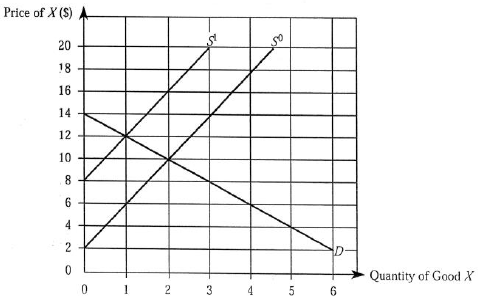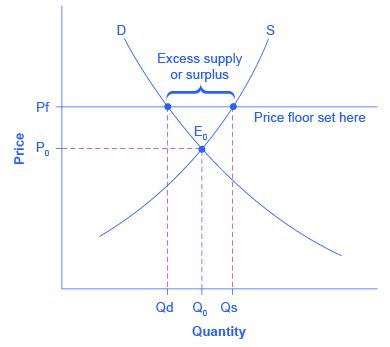A price floor is a government or group imposed price control or limit on how low a price can be charged for a product good commodity or service.
A price floor is a legally imposed price.
A price floor must be higher than the equilibrium price in order to be effective.
A price floor is the lowest price that one can legally charge for some good or service.
Price controls can be price ceilings or price floors.
If the state of pennsylvania increases its.
A price floor is a legally imposed price.
The equilibrium price commonly called the market price is the price where economic forces such as supply and demand are balanced and in the absence of external.
A price ceiling is the legal maximum price for a good or service while a price floor is the legal minimum price.
The price floor acts as a minimum price that constrains the market price if the equilibrium market price would have been below the ceiling absent market intervention.
Assume that all fast food restaurants employ many minimum wage workers.
A price floor is a legally imposed price.
Perhaps the best known example of a price floor is the minimum wage which is based on the view that someone working full time should be able to afford a basic standard of living.
A price ceiling is a legally imposed price.
A price floor provides a bottom limit think of a physical floor in a room for a price.
Although both a price ceiling and a price floor can be imposed the government usually only selects either a ceiling or a floor for particular goods or services.










